Installing new flooring is one of the most impactful home improvement projects a homeowner
can undertake. Not only does flooring affect the look and feel of every room, but it also plays a
role in comfort, durability, and even property value. But before you can enjoy your new floors,
it’s important to understand the costs involved. Flooring installation prices can vary dramatically
based on the material you choose, the size of the space, and the labor required. By knowing what
to expect ahead of time, you can budget wisely, avoid hidden costs, and make an informed
decision.
Average Flooring Costs by Material
Each flooring type comes with its own price point for both materials and installation. Below is a
breakdown of common flooring options and their typical ranges:
Hardwood: $6–$12 per square foot for materials + $4–$8 per square foot for labor.
Laminate: $1–$3 per square foot for materials + $2–$4 per square foot for labor.
Luxury Vinyl Plank (LVP) or Tile (LVT): $2–$5 per square foot for materials + $2–$5
per square foot for labor.
Tile (ceramic or porcelain): $1–$20 per square foot for materials + $5–$15 per square
foot for labor.
Carpet: $1–$4 per square foot for materials + $1–$2 per square foot for installation.
These ranges can add up quickly. For example, a 200-square-foot living room could cost
anywhere from $800 for budget carpet installation to over $5,000 for hardwood.
Key Factors That Affect Flooring Costs
- Room Size
Larger spaces require more materials and labor, but they often reduce the overall cost per square
foot due to installation efficiency. Smaller rooms, by contrast, may cost more per square foot
because labor and prep work remain the same even with less material. - Subfloor Condition
If your subfloor is uneven, damaged, or has moisture issues, repairs may be necessary before
installation. This could add $1–$3 per square foot. Installing on a poor subfloor without proper
preparation risks premature flooring damage.
- Design Complexity
A simple straight installation will cost less than intricate designs like herringbone, parquet, or
decorative borders. Complex layouts require more time and skill, which increases labor costs. - Tear-Out and Disposal
Removing old flooring can add $1–$2 per square foot, especially for glued-down tile or carpet.
Disposal fees also vary depending on local dump charges. - Geographic Location
Flooring installation costs can fluctuate by region. Urban areas with higher labor demand
typically cost more than rural locations.
Hidden Costs to Consider
Many homeowners forget about smaller add-ons that can make a big difference in the final bill.
Some common hidden costs include:
Baseboards and Trim: These may need to be removed and reinstalled, or replaced
entirely if damaged.
Furniture Moving: Some installers charge extra to move heavy items like pianos, beds,
or sectional sofas.
Underlayment and Vapor Barriers: Essential for laminate, vinyl, or basement
installations.
Permits: Certain municipalities require permits for larger renovation projects.
By accounting for these extras, you’ll avoid surprises at the end of your project.
Cost-Saving Tips
Get Multiple Quotes
Always gather at least three estimates from licensed and insured contractors. This not only gives
you a clearer idea of the average price in your area but also helps you identify unusually high or
low bids.
Choose Materials Wisely
If you love the look of hardwood but want to save money, consider engineered hardwood or LVP,
which mimic wood at a lower cost.
Handle Prep Work Yourself
If you’re comfortable, you can save by removing old flooring and moving furniture before the
installers arrive. Just confirm with your contractor first.
Consider DIY for Simple Floors
Floating laminate and vinyl plank floors are designed for DIY installation. If you’re handy, this
can save hundreds or even thousands in labor.
Long-Term Value Considerations
While budget plays a huge role in decision-making, it’s also important to think about the long-
term return on your investment.
Hardwood: More expensive upfront but adds resale value and can last 50+ years.
Vinyl and Laminate: Affordable, durable, and great for high-traffic areas, but typically
last 10–20 years before replacement.
Tile: Extremely durable, especially in wet areas, but installation costs are higher.
Carpet: Lowest cost option, but requires replacement every 8–10 years in most homes.
Investing a bit more upfront on durable flooring often pays off by reducing replacement costs
down the road.
Conclusion
The cost of flooring installation varies widely depending on the material, labor, and hidden
factors like subfloor preparation and old floor removal. By understanding these variables,
homeowners can budget realistically and make smarter decisions. Whether you choose elegant
hardwood, practical vinyl, stylish tile, or budget-friendly carpet, careful planning ensures you get
the look you want without breaking the bank. With the right choices, new floors will not only
improve your home’s style but also deliver comfort and value for years to come.


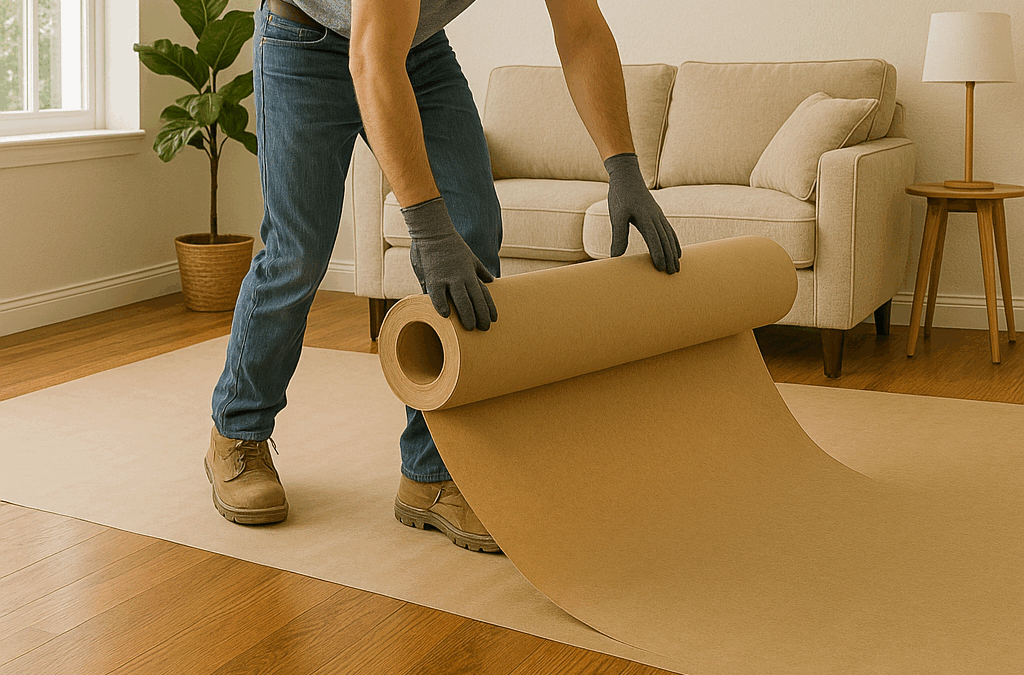
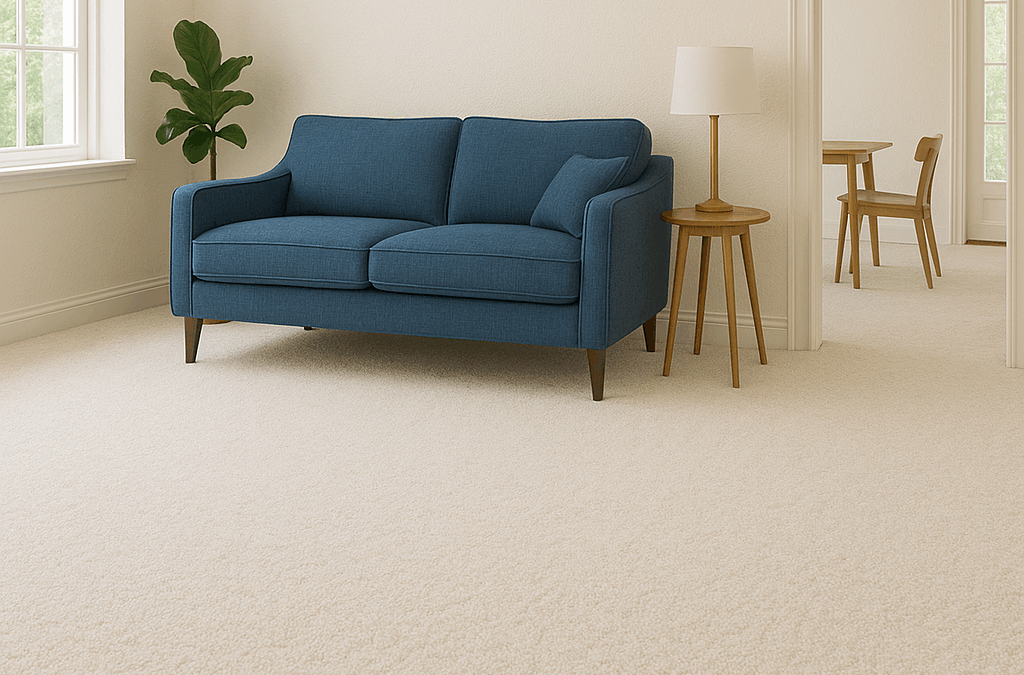
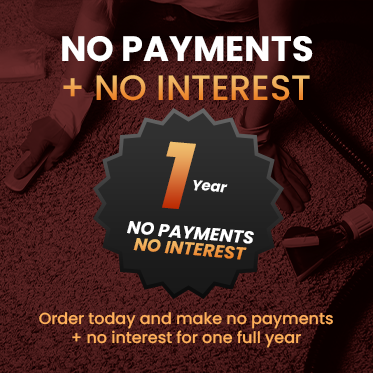

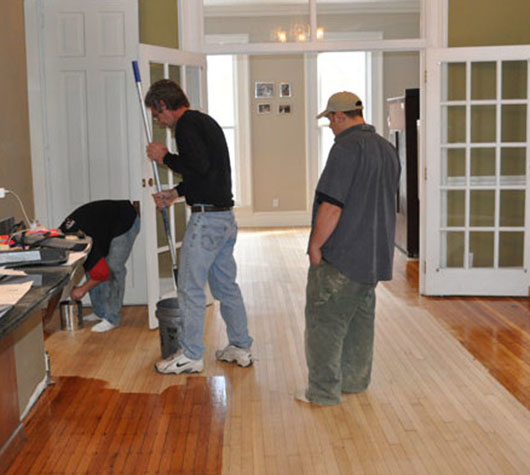 Repairing Scratched Hardwood Floors
Repairing Scratched Hardwood Floors
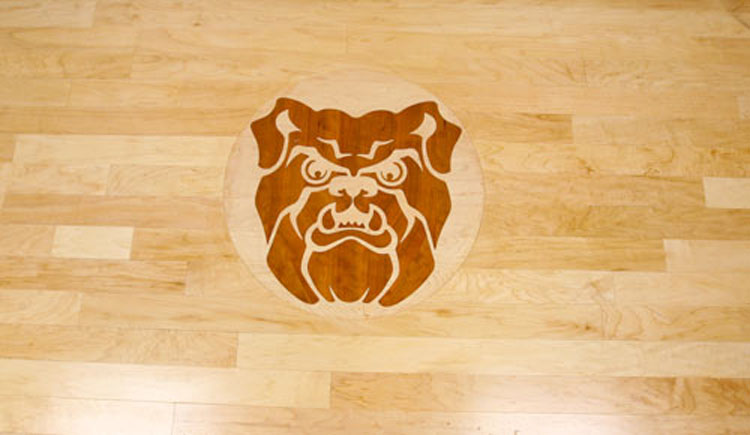 Hinkle Fieldhouse Butler Univers...
Hinkle Fieldhouse Butler Univers...
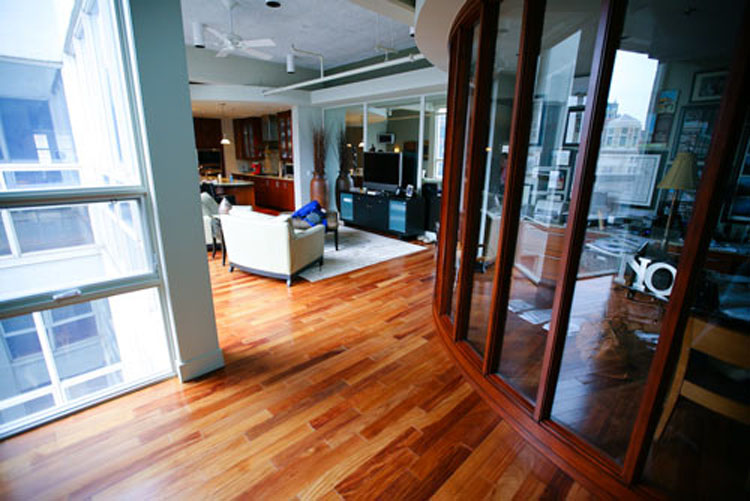 Penthouse Town Home Downtown Ind...
Penthouse Town Home Downtown Ind...
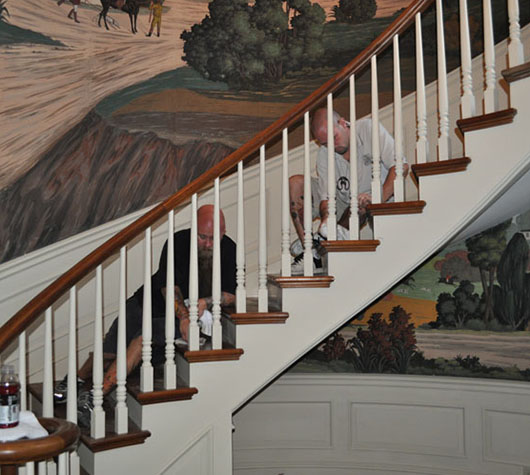 Antique Flooring Restoration
Antique Flooring Restoration
 Brazilian Cherry Hardwood Floors
Brazilian Cherry Hardwood Floors







